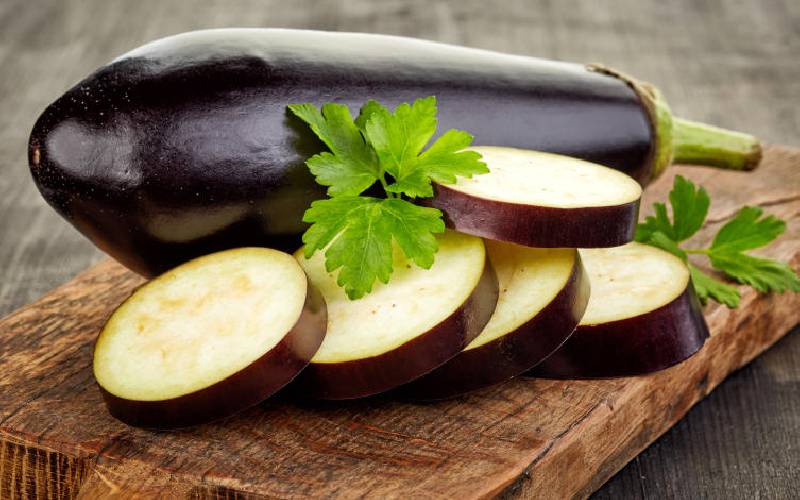×
The Standard e-Paper
Smart Minds Choose Us

Sliced eggplant on wooden cutting board. [Getty Images]
Eggplant is a member of the Solanaceae family, which includes tomato, potato, black nightshade, sweet pepper and chilli. It is also known as brinjal or aubergine.